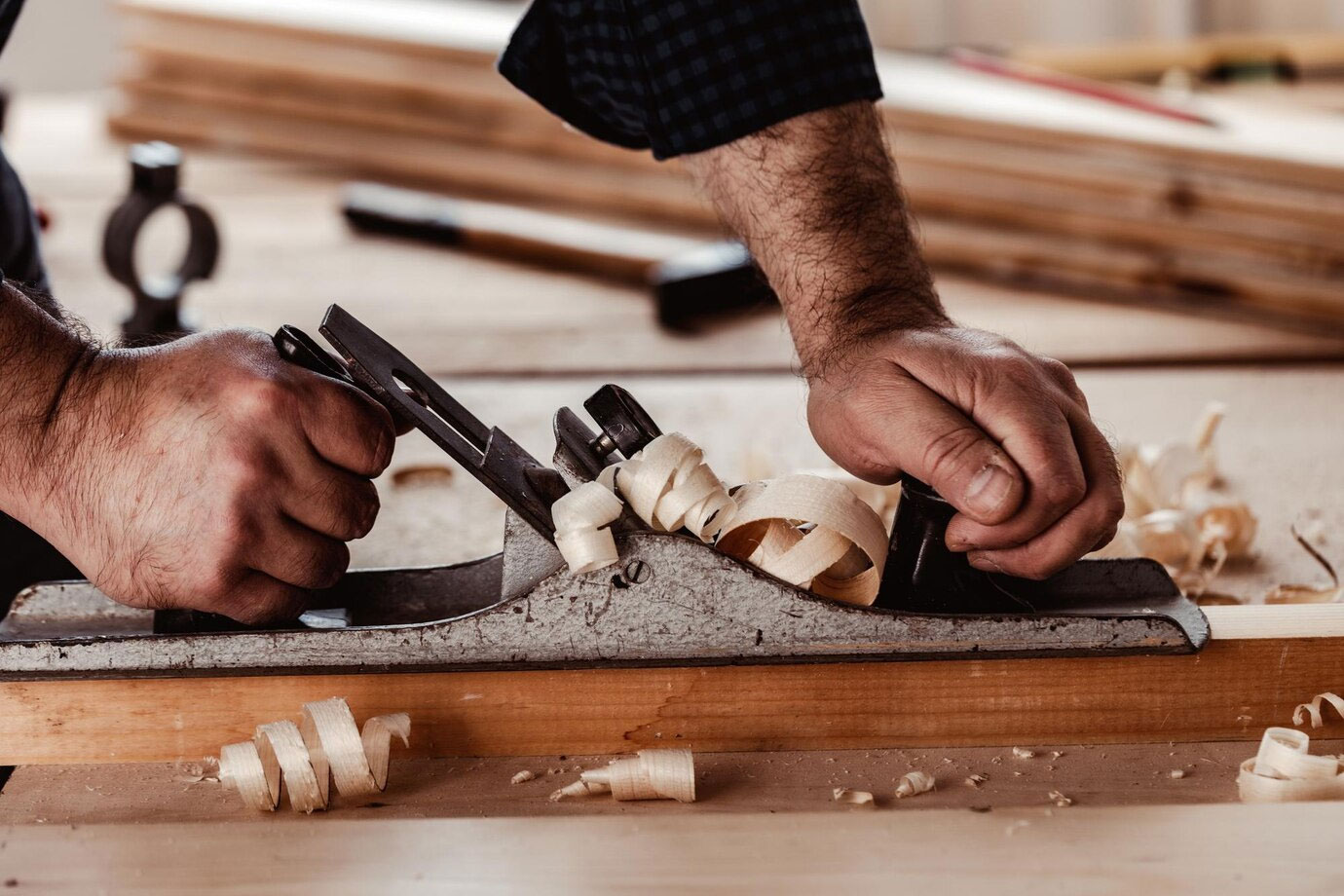Woodworking, a craft that combines creativity with practicality, appeals to a wide range of enthusiasts, from hobbyists to professional artisans. Whether one is looking to create beautiful furniture, carve intricate designs, or construct sturdy buildings, having the right tools and resources is essential. In this article, we will explore the fundamental needs of a woodworker, covering everything from essential tools and equipment to educational resources and safety gear.
**Essential Tools and Equipment**
The backbone of any woodworker’s arsenal is their collection of tools. For beginners, starting with basic hand tools can be both economical and educational. Here’s a list of must-have tools for any woodworker:
1. **Measuring and Marking Tools**: Precision is key in woodworking. Tools like a tape measure, a ruler, a square, and marking gauges are indispensable for accurate measurements and markings.
2. **Saws**: Various types of saws are used in woodworking. A handsaw is essential for basic cutting tasks, while power saws like circular saws and jigsaws are beneficial for more complex cuts and efficiency.
3. **Chisels and Mallets**: Used for carving and shaping wood, chisels must be kept sharp. A reliable mallet is used to apply the necessary force without damaging the tool.
4. **Planes**: Essential for smoothing and shaping wood, planes come in various sizes and types, each suited for specific tasks.
5. **Screwdrivers and Hammers**: For assembly, disassembly, and adjustments, a good set of screwdrivers and a couple of hammers (claw and mallet) are crucial.
6. **Power Drill and Bits**: A power drill, along with a variety of drill bits, is necessary for making holes of different diameters.
7. **Sandpaper or Sanders**: Smooth finishing of wood surfaces is critical. Manual sanding is labor-intensive but effective, while power sanders can save time and effort.
8. **Workbench**: A sturdy workbench is central to a woodworker’s workshop. It provides a stable surface for various woodworking tasks and typically features clamps and vises to secure the wood.
**Safety Gear**
Woodworking involves various risks, from sharp tools to wood dust. Proper safety gear is non-negotiable to protect oneself:
1. **Safety Glasses**: Protect eyes from wood shavings, dust, and flying debris.
2. **Ear Protection**: Power tools can be extremely loud. Earplugs or earmuffs help protect one’s hearing.
3. **Dust Mask or Respirator**: Wood dust can be harmful if inhaled. A dust mask or a more robust respirator is essential, especially during sanding or cutting.
4. **First Aid Kit**: Accidents can happen, and having a first aid kit readily available is crucial.
**Educational Resources and Community**
Learning and mastering woodworking skills is a continuous process. Books, online tutorials, and community classes can provide valuable knowledge and tips. Joining local woodworking clubs or online forums can also offer support, inspiration, and a sense of community.
**Workspace and Storage**
An organized workspace is crucial for efficiency and safety. Adequate storage for tools and materials will keep the workspace clutter-free and functional. Proper lighting and ventilation are also vital for a productive and safe working environment.
**Materials and Hardware**
Quality materials are the foundation of every woodworking project. Woodworkers need a reliable source for wood and other materials like glues, nails, screws, and finishes. Understanding different types of wood and their properties is also crucial.
**Conclusion**
The needs of a woodworker are as varied as the projects they undertake. From the essential tools and safety equipment to the educational resources and proper workspace, each element plays a vital role in crafting high-quality wood products. Whether you are a beginner or a seasoned pro, equipping yourself with the right tools and knowledge can lead to successful and enjoyable woodworking experiences.

Leave a Reply